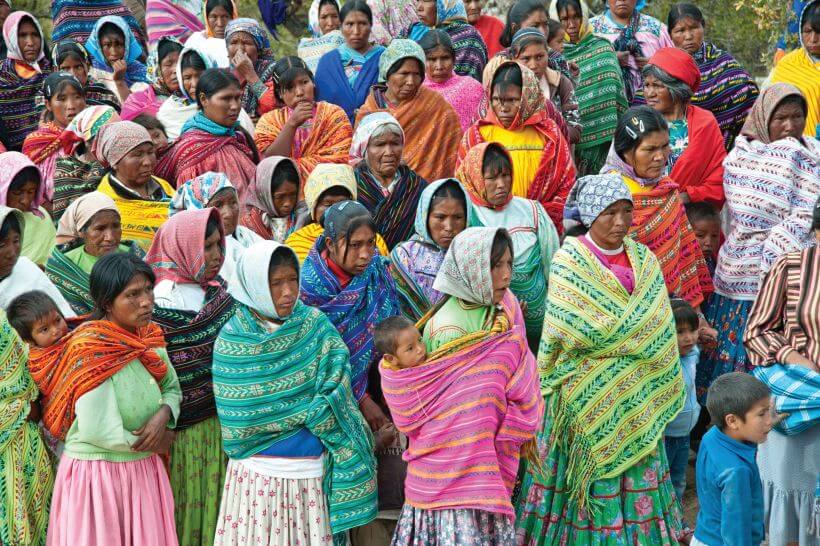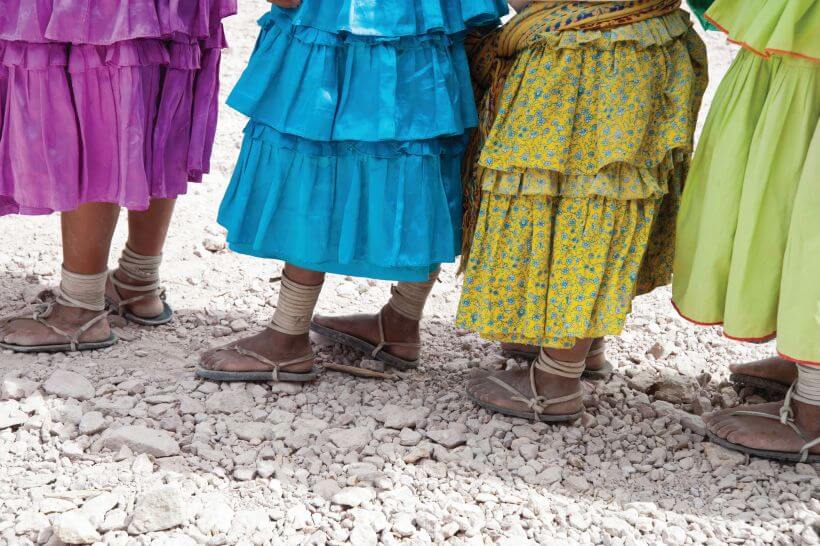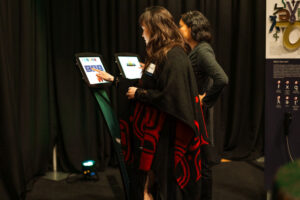by Dawn Wink
. . . in the bottom of a dark canyon, I stood in a shroud of voices. They spun up the canyon walls, radiating through the dusky interior. . . The voices were part of a complex language, a language that formed audible words as water tumbled over rocks, and one that carved sentences and stories into the stone walls that it passed. . .
If you want to study water, you do not go to the Amazon or to Seattle. You come here, to the driest land. Nowhere is it drawn to such a point.
In the desert, water is unedited, perfect.
—Craig Childs, The Secret Knowledge of Water

Water is life. The San Pedro River near my childhood home. Photo: Annie Wilkinson, 2015
The summer rain danced in sentences across the tin roof in the night. Shards of lightning rent the black fabric of the desert night, pulling thunder in its wake. Moisture misted in under the metal overhang, carrying the scents of creosote and wet earth. Another voice joined the staccato whispers on the roof—the rush of water down a nearby canyon. Cracks of rocks chimed into the desert’s conversation, as the water tumbled them across the canyon floor through a blanket of night, rain, and thunder.
I was eight years old and sat on the low stucco wall under the porch of our ranch house, my legs curled up in front of me and my back pressed against the rough stucco of the column behind. My younger brother sat across from me against the next column. Mom and Dad rocked on the front porch swing; the slow glide of the hook rubbing against the eye-ring creaked its own rhythmic voice into the night. Lightning illuminated sheer bluffs rising above the river behind the house, their face lined with shadows of the crooked paths of water’s journey downward over thousands of years. The muddy, chocolate-colored waters of the nearby canyon poured into the northward bound river. The staccato whispers of rain on tin.
The desert speaks a symphony of sounds.
Fluidity. Nourishment. Destruction. Strength. Death. Life. All are commonalities that language and culture share with water. Here in the Southwest, the power of water underlies all. Agua es vida. Water is life.

Reflections of memory: Cascabel sandstone bluffs that framed my childhood. Photo: Joan Wink, 1983
I grew up with this language on a cattle ranch in a river valley framed by sheer sandstone bluffs in the Sonoran Desert in the southeastern corner of Arizona. Those bluffs frame my life—then and now. The San Pedro River runs north with water through the summer monsoon season, and with luck, through January and February. Most of the year, the river is a dry bed of satin sand, lying dormant in the carved forms created by run-off after the last rain. Tiny flakes of clay bake in the sun. When the much prayed for rains arrive, the riverbed and surrounding washes spring to life. Water stained a muddy brown moves along its bed, tracing familiar curves and paths, and forging new ones. The river rises on the parched land.
Growing up, my brother and I had few rules carved in stone, and instead explored our outer and inner landscapes with relative freedom. The rules we had, though, we understood were not to be breached:
- Never climb into the corral if there’s a bull in there.
- Always leave a gate as you find it.
- Never, ever enter the river or a wash if it’s running. Every summer, tales of people swept to their deaths punctuate the media of the desert.
* * *
Life eventually took me away from this ranch and immersed me not in the desert, but in languages and cultures. First, to Ciudad Chihuahua, Mexico, where the land spoke in the brilliant-colored layers of skirts of the Rarámuri women, lush mango on my tongue, and the pulsing thud of headaches as I struggled to understand and be understood. On to Spain, with its language of cobalt blue Talavera tile, the taste of dense olive oil melting into toasted bread, and shape of Andalusian mosques. Then to Germany, where language breathed from the throat, rather than rolled from the tongue. Here, language spoke in heavy scents of green hills and weight of history.

The land spoke in the brilliant-colored layers of Rarámuri women’s skirts. Photo: Curtis Doell, 2012
Twenty years came and went. Still drawn to language, I wrapped myself in its tapestry, followed their threads, drawn to their textures, colors, and how each felt on my tongue and in my ear. I taught bilingual education in the central valley of California, where my students included the children of migrant farm workers, who spoke only Spanish in their homes, the children of English-speaking parents who wanted their children to be bilingual, and I taught the teachers who worked with these students and more.
During these years, language felt like the fine ridges of brightly-patterned oilcloth beneath my fingertips and under my coffee cup, as memories of Mexico, of laughter and of tears mixed with the air and tingling nostrils from red chile enchiladas baking in the oven, and tasted on my tongue of warm arroz con leche, sprinkled with cinnamon and raisins. These years sounded of the rustle of polished suits at parent-teacher conferences with attorneys, doctors, and professors, and the sight of newspaper print held aloft to cover the face of the person who didn’t want to hear how to teach students who came to school speaking languages other than English.
Fluidity. Nourishment. Destruction. Strength. Death. Life. All are commonalities that language and culture share with water.
Through it all, I yearned for the desert. “My home is a red desert that trembles with spirits and bones,” writes Amy Irvine McHarg in Trespass. When I read this, a wave of emotion swept over me to curl me over and leave me clutching the book to my chest. So is mine, I whispered. So is mine. Until one day twenty-five years after that night of rain dancing on the tin roof, I returned to live in the juniper- and piñon-dotted high desert of northern New Mexico.
Back to the land where water is life or death. Back to the desert’s symphony of sounds.
* * *
Too many seek to silence the languages of the land. “Speak English!” bark voices in the desert now. I ran along a trail through the desert and jumped a narrow trench sluiced through from the runoff of the rain of the day before. Like the water cutting through the earth, the national rhetoric and tone focus on sweeping any language other than English, or any culture not deemed as “American” in some misrepresentation of history, away with it. The word “bilingual” has been expunged from the vocabulary of the Department of Education, replaced now with “English Language Learner.”
While we hear how in order to compete globally, our citizens need to be bilingual, apparently that only means your first language is English, and then you learn a second at some later point. What historically has taken three generations for the acquisition of English is now expected to be done by five-, six-, and seven-year-olds in nine short months.
The beloved borderland of my childhood seems intent on sliding downhill into intolerance and the politics of hatred. Anti-immigration rhetoric has reached new heights, and people are dying in the deserts by the hundreds. It’s now legal for police officers to pull over any person they think might be in the country illegally.
Stella Pope Duarte, author of If I Die in Juárez, spoke of being pulled over in Phoenix by a police officer recently, who asked her, “So, how long have you been here ma’am?”
“Well, let’s see, on my mother’s side, we’ve been here about 20,000 years, and my father’s family were some of the original founders of Tucson. How about yourself?” she asked and smiled brightly.

Rarámuri women’s skirts. Photo: Curtis Doell, 2012
The wet sand crunched beneath my running shoes, as I rounded a corner and climbed the rocky trail lined with the ashy green Chamisa shrubs and juniper. Mile six slipped behind me, sweat ran out from under my cap and down the back of my neck, my thoughts filled with the tangled, sticky, love-and-hate-filled webs of language, how rife with humanity we all are, and all that brings with it. Language cannot be dissected into a totality of mere sounds and syllables, much as many current reading programs in schools would like to do just that. Language is love; Language is family; Language is memories; Language is our ancestors’ legacy to us.
Language is power.
* * *
When allowed its own life, water flows naturally. It will adapt, flow, follow the curves of the earth and rocks. It can nourish or destroy. As do languages. We are a land of many languages. We always have been. “Language expresses itself in the rivers,” writes Jay Griffiths in Wild: An Elemental Journey. “Rivers flow like language—we say that someone is ‘fluent’ in a language, their speech flows like a river. Languages, like rivers, run roughly the same course, but always change in their details; you never step into the same language twice, because the meaning has newly shifted here, a connotation has just been formed there. Rivers and language are both gloriously wild.”
The wildness of the land and the wildness of languages are intimately intertwined, the richness of one infuses the richness of the other. The loss of either diminishes the wildness of the other.
As the desert sun has warmed rocks over the centuries, the desert speaks in the language of water, of wind, and of rain. Speaks in the language of quail, and of mountain lions perched on ledges above a valley, the language of ants, of jaguars, and of blue butterflies, each named by its own unique shade. The land whispers in yucca pods rattling in the wind, and Nahuatl, Diné, Apache, Spanish, English of every brogue and lilt. The sun sets, the rocks cool, and the moon rises above the continued cadence of language and water, of the chorus yips of coyotes, murmured hushes telling loved ones good night in whatever language of the heart, and the soft gurgle of flowing water in the moonlight.
I listened to the desert.
I listened to water.
This is what I heard..
.
Back to Vol. 4, Issue 1 | Read the Table of Contents | Like Our Stories? Please Donate!
Dawn Wink is a writer and educator whose work explores the beauty and tensions of language, culture, and place. Author of Meadowlark, Teaching Passionately: What’s Love Got To Do With It? (with Joan Wink) and “Raven’s Time: Critical Literacy in the American Southwest.” Dawn is Director and Associate Professor of the Department of Education at Santa Fe Community College and lives with her family in Santa Fe, New Mexico, USA. Read more from Dawn Wink.
Further Reading
Kontra, M., Phillipson, R., Skutnabb-Kangas, T., & Tibor, V. (1999). Language: A Right and a Resource. Budapest, Hungary: Central European University Press.
Ker Conway, J., Keniston, K., & Marx, L. (1999). Earth, Air, Fire, Water: Humanistic Studies of the Environment. Amherst, MA: University of Massachusetts Press.
Meloy, E. (2003). The Anthropology of Turquoise: Reflections on Desert, Sea, Stone, Sky. New York, NY: Vintage Books.
Phillipson, R. (1992). Linguistic Imperialism. United Kingdom: Oxford University Press.
Spirn, A. (2000). Language of Landscape. London, United Kingdom: Yale University Press.
Urrea, L. A. (2005). The Devil’s Highway: A True Story. Boston, MA: Back Bay Books.




